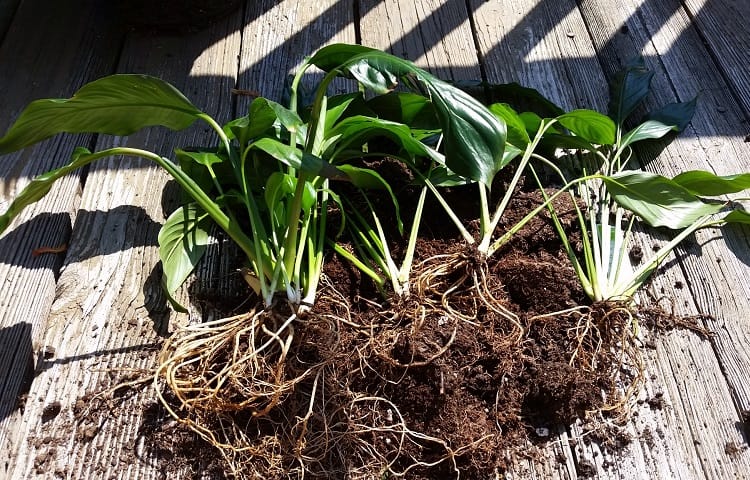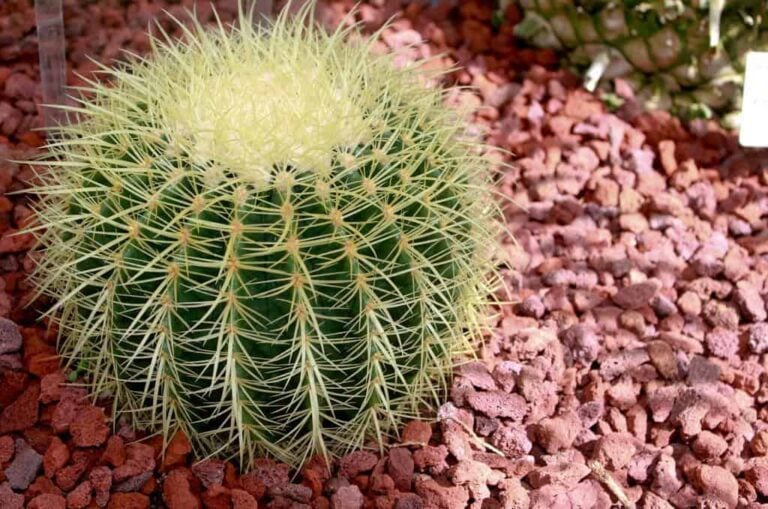Helpful Calathea Ornata Growing Guide
A member of the calathea genus, Calathea ornata is a tropical plant with broad, pin-striped leaves. It’s a unique plant known for its ability to open and close its leaves in the morning and evening. The plant requires a fair amount of care and attention and won’t thrive in dry conditions or when its soil is too wet. Although it doesn’t have many pest problems, spider mites can quickly cause a considerable amount of damage to the plant.
Meet the Calathea Genus
Calathea ornata, also sometimes called pin-stripe calathea, comes from a genus of tropical plants. The plants are known for their large leaves, which can be green, deep purple or red, and for the various markings on those leaves. Calathea ornata, for example, gets its common name because it often has striped leaves.
Other members of the Calathea genus include Calathea zebrina, which also has striped leaves, Calathea makoyana, or the Peacock Plant, and Calathea lancifolia, sometimes known as the Rattlensake plant. The plants are natives to South America, particularly Brazil, and are hardy in zones 11 and 12, according to the Missouri Botanical Garden. For that reason, they are often grown as houseplants.
Calathea Confusion
Calathea plants are in the family Marantaceae, which is also the family of the Maranta leuconeura, also known as the prayer plant. The two plants are distantly related and have several similar characteristics, but they are not the same plant.
The prayer plant earned its common name because it raises and lowers its leaves as the sun rises and sets. People thought that movement of the leaves was similar to the way a person raises his or her hands and prayer. Prayer plant’s relative calathea makes the same movement, as you can see in the time lapsed video above.
That might be the reason why garden centers occasionally mislabel prayer plants as calathea. If you’re looking at a plant that’s labeled prayer plant, check to see if its Latin name is included on the plant’s tag. It might just be that you’re actually about to buy a calathea instead.
Calathea Ornata’s Needs
Calathea ornata and its cousins are all natives of Brazil and tropical climates. It can be difficult for a gardener living in a temperate area to keep the plant alive, even when growing it indoors. Calatahea isn’t a plant that takes to neglect very well. It’s also not a plant that wants too much fuss.
You might think of it as the Goldilocks of houseplants. Give it just enough light, just enough water and food, and protect it from pests, and it will stay happy for years to come.
Light and Temperature Needs
Since Calathea ornata is a native of the rainforest, growing on the ground level, beneath the canopy of trees, it doesn’t do well if exposed to direct sunlight all day, everyday. The plant needs a bit of shade or a room that is lit with indirect light. According to Our Houseplants, a window that faces north is often the ideal location for Calathea inside a house.
When left in direct sunlight, Calathea ornata loses its distinct markings, the stripes that give it its name. Too-bright sunlight can also burn the leaves, causing further damage.
Room temperature is often the ideal temperature for Calathea. It might be from the tropics, but it doesn’t do well in temperatures above 70 degrees Fahrenheit. It definitely doesn’t like temperatures that are below 55 degrees Fahrenheit.
Food and Water Needs
If you’re growing Calathea ornata indoors, you’ll want to choose the right potting mix for it, to make sure that it doesn’t dry out too quickly and to make sure its roots aren’t left in standing water or soggy soil. Potting mix, not garden soil, is a must. If you’re worried about ensuring proper drainage, you might want to pick a potting mix made for African violets or other plants that need well drained soil.
When you first bring home Calathea or when you first transplant it to a new pot, give its root and soil a thorough soaking. Let the water run out of the drainage hole in the container (don’t use a container without a drainage hole). After that, keep the soil evenly moist, but not wet. If you can see small puddles or pools on surface of the soil or if water runs out when you push on the top of the soil, it’s too wet.
Dry air in your home can really do a number on calathea. In fact, dryness in the air is one of the leading reasons why the plants don’t survive. In addition to watering its soil, you also want to occasionally mist the plant to keeps its leaves from drying out. You’ll know your plant needs misting when its leaves start to turn brown along the edges.
Food is important for calathea, but not too much. When given too much fertilizer, the plant gets lanky and tall, rather than full and lush. Only feed the plant when it’s growing, usually every few weeks or so during the spring and summer. To avoid over-feeding it, dilute liquid fertilizer to half strength.
Calathea Ornata and Spider Mites
Spider mites can be the bane of calathea’s existence. The tiny red spiders enjoy sucking out the sap of leaves, which can then fall off. In some cases, the damage caused by spider mites can be enough to actually kill the plant.
If you see signs of spider mite damage on your plant, or see the mites themselves, you have a few options for controlling them. The simplest option is to bring your plant into the shower and use the spray to hose down the leaves. The force from the water is usually enough to knock the mites off of the plant.
You can also introduce ladybugs, which are beneficial insects that enjoy eating spider mites, to your plant. But not everyone feels comfortable with the idea of bringing bugs, even helpful ones, into their home.
A third option is to treat the plant with neem oil, a type of natural pesticide. For neem or another type of insecticide to work, you’ll need the spray to come into contact with the mites themselves, according to the Ohio State University Extension.



